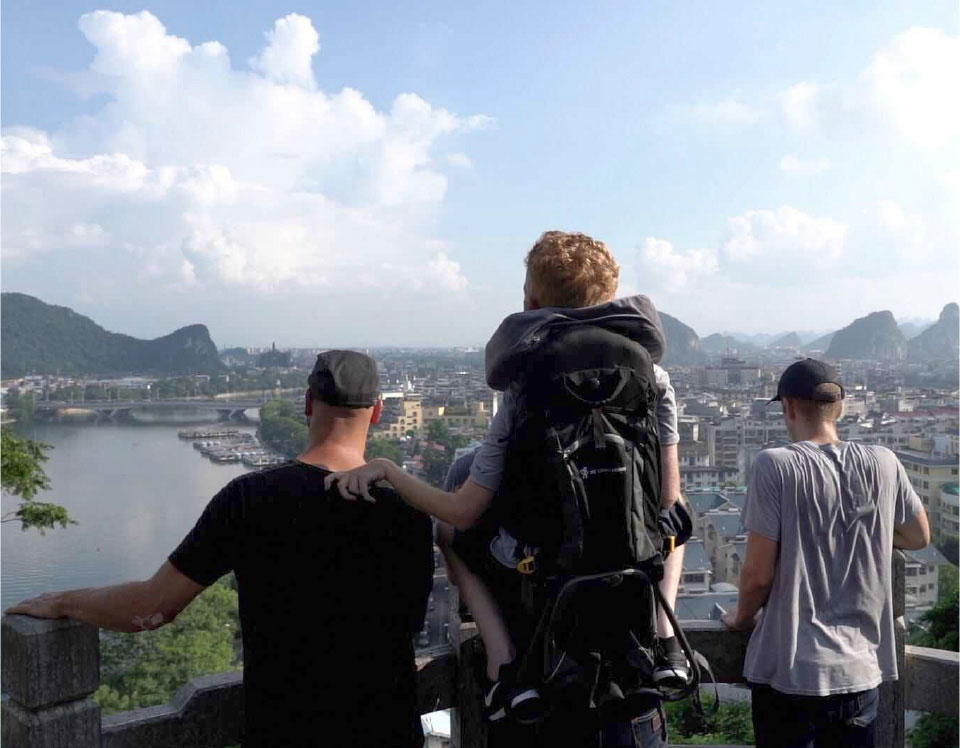Kevan
Creativity and disability
(part 2)

I remember sitting in a friend’s kitchen a few years ago, talking with him about my future. I saw myself as a writer and wanted to have a go of it as a career. By that time, I’d written a handful of novels, and was in search of opportunities to speak. Sitting at that kitchen table, my friend gently said to me, “You have a story to tell, Kevan. It’s right in front of you.” He had been close to my parents since before I was born. He had walked with our family through my diagnosis, and every hill and valley since then.
“He saw my story better than I could see it myself.”
Up to that point in my life, I would get so annoyed when people suggested I tell my story of life with SMA. I wanted to be known for my talents, not my disability, and turning the spotlight on it seemed like giving up in that fight. Even when that friend said it, I bucked a bit, but he was right. He wasn’t telling me to sell out. He was pointing out that for all my efforts to share deep things with the world, I had my most profound story sitting right there in my lap the whole time and had adamantly chosen to ignore it.
But I still had a hitch in this proposal. Everyone wanted me to share about my life with disability, but I had trouble finding the best angle for it, the right voice, the driving narrative. That’s when my friends and I did something ridiculous. We decided to leave my wheelchair home, head to Europe, and just see how it went.
“Suddenly, and actually without meaning to, I had a very clear story to tell, and a starting point from which to launch the bigger story of my life with disability.”
I know not everyone reading this is a writer or musician. But the principles remain because, ultimately, it’s all storytelling. As we pursue our various creative endeavors as people with disabilities, let us keep a few things in mind:
- Be sure you have a story, something poignant for people to pay attention to. Don’t just go around shouting, “Listen to me because I have a disease!” That is literally everyone’s story (we’re all disabled somehow), so find your unique angle.
- Be aware of your audience’s needs and interests in the details of your story. Art is a conversation, so exercise that. Only spend time on how you tie your shoelaces if that’s something your audience wants to know. Ask. They’ll tell you.
- Be tasteful in two ways. First, how explicitly you tell your story (varies by audience, refer to #1). Second, don’t beat a dead horse. Share your story, don’t preach guilt or pity. There’s enough of that in the world already.
Have fun!